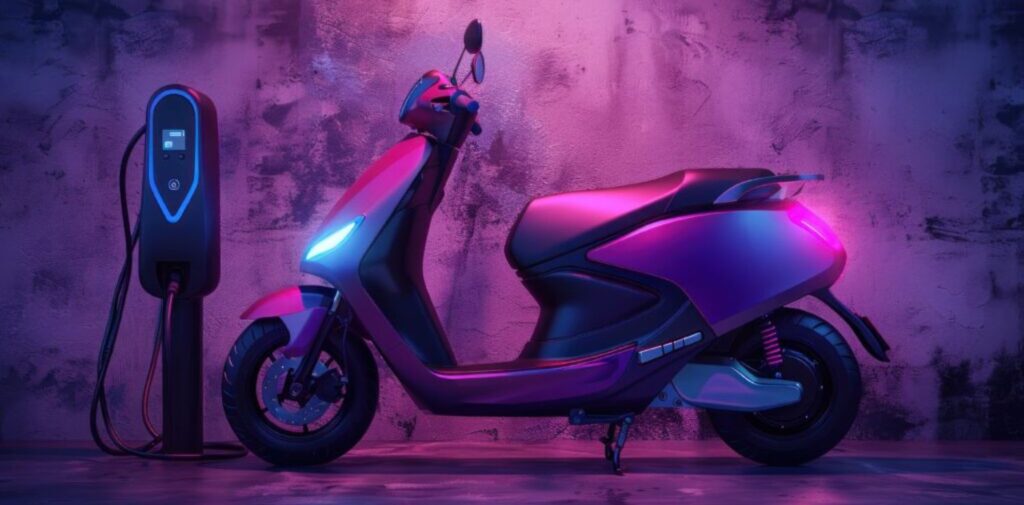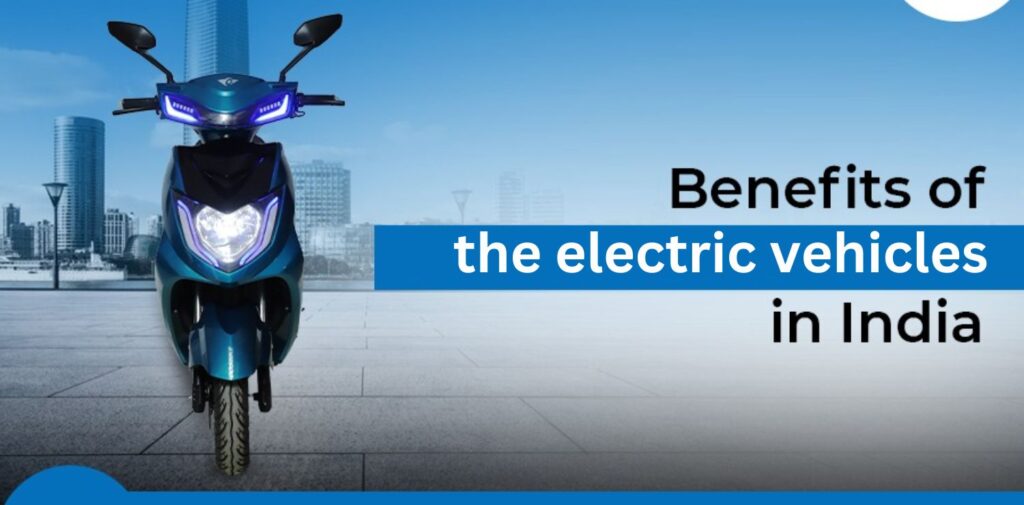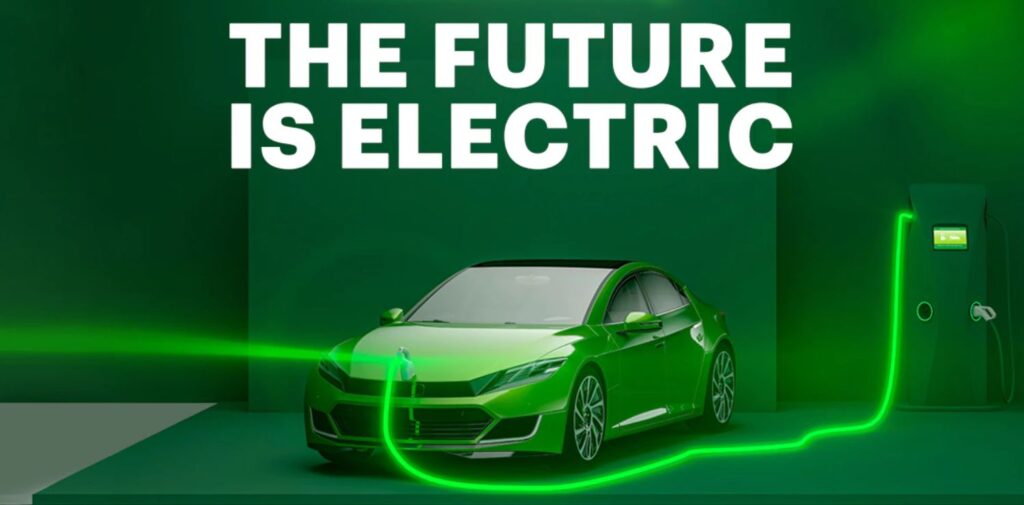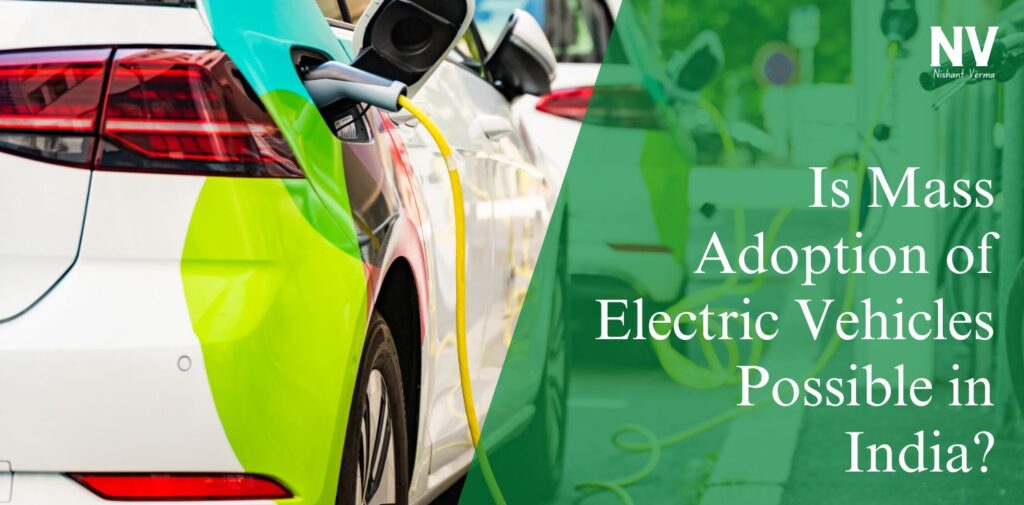The buzz around electric vehicles (EVs) has been growing, especially with rising concerns over pollution and climate change. In India, the government is making strides to encourage EV adoption, but the question remains: can we achieve mass adoption, particularly for two-wheelers? To explore this, we need to focus on key factors, including pricing, range, and consumer perception.
The Current Electric vehicles (EVs) Landscape in India
India is witnessing a gradual shift towards electric mobility. The government’s various initiatives, including subsidies and incentives for manufacturers and buyers, aim to make EVs more accessible. Recently, a new EV scheme was announced, offering Rs 10,000 for two-wheelers and Rs 50,000 for three-wheelers. However, while these incentives are a step in the right direction, the real challenge lies in the pricing of electric two-wheelers.
Price Matters
For mass adoption of EV to take place, the pricing of electric two-wheelers needs to fall within the range of Rs 50,000 to Rs 75,000. Currently, many electric scooters and bikes are priced significantly higher than this bracket, making them less appealing to the average consumer.
Comparative Pricing
Let’s consider the price of traditional petrol-powered two-wheelers. Most entry-level bikes cost between Rs 50,000 and Rs 75,000, offering consumers an affordable and familiar option. In contrast, electric two-wheelers often start at Rs 90,000 or more, which is a considerable leap for many buyers.
If electric two-wheelers can be priced competitively, they can become an attractive alternative for consumers. Lower prices mean that more people will consider switching from petrol-powered vehicles to electric ones.
Range and Charging Infrastructure
Another crucial factor for EV adoption is the vehicle’s range. Currently, many electric two-wheelers offer a range of around 70 to 80 kilometers on a single charge. For mass adoption to be feasible, a range of at least 100 kilometers per charge is essential.

Daily Commute Needs
Most daily commutes in urban areas range between 20 to 40 kilometers. Thus, a 100-km range would comfortably cover the needs of most commuters, reducing range anxiety—one of the biggest concerns potential buyers have about switching to electric.
Charging Infrastructure
Along with vehicle range, the availability of charging stations is vital. The Indian government and private companies are working to enhance charging infrastructure, but it is still insufficient in many areas. A robust network of charging points will not only ease consumer concerns but will also make owning an electric vehicle more convenient.
Home Charging Solutions
For many consumers, the ability to charge at home is critical. With affordable electric two-wheelers, if home charging solutions are readily available, more people might consider making the switch.
Consumer Awareness and Perception
Consumer perception plays a crucial role in the adoption of electric vehicles. There is still a significant gap in understanding the benefits of EVs among the general population.
Addressing Myths
There are several myths surrounding EV —like their performance, maintenance costs, and battery life—that need to be addressed. Awareness campaigns highlighting the benefits of electric two-wheelers, such as lower running costs and environmental impact, can help change perceptions.

Benefits of EVs
Electric two-wheelers are generally cheaper to operate than their petrol counterparts. With fuel prices constantly rising, the cost-effectiveness of Electric vehicles becomes a significant selling point. Additionally, as more people become environmentally conscious, the appeal of zero-emission vehicles grows.
The Role of Government Policies
The Indian government is essential in driving EV adoption through supportive policies. The Faster Adoption and Manufacturing of Hybrid and Electric Vehicles (FAME) scheme aims to promote the use of electric vehicles through subsidies and incentives.
Incentives for Manufacturers
By offering incentives to manufacturers to lower production costs, the government can help bring down the prices of electric two-wheelers. Additionally, simplifying the registration and licensing process for EVs can make it easier for consumers to choose electric options.

The Future of EVs in India
Looking ahead, the combination of competitive pricing, adequate range, improved charging infrastructure, and effective awareness campaigns can pave the way for mass adoption of electric two-wheelers in India.
Technological Advancements
As battery technology improves, we can expect better performance, longer ranges, and lower costs for electric vehicles. This evolution will contribute significantly to making Electric vehicles a viable option for the masses.
Collaborative Efforts
Collaboration between the government, manufacturers, and consumers will be key. Stakeholders must work together to create a sustainable ecosystem that supports electric mobility. For instance, partnerships with private players to install charging stations can bridge the infrastructure gap.
Conclusion
In conclusion, while the path to mass adoption of electric two-wheelers in India is fraught with challenges, it is not impossible. With prices falling to the Rs 50,000 to Rs 75,000 range, a minimum range of 100 kilometers per charge, improved charging infrastructure, and increased consumer awareness, electric two-wheelers can become a popular choice for Indian consumers. The future of electric mobility in India depends on our collective efforts to embrace this change and make sustainable transportation a reality.
By addressing these critical factors, we can set the stage for a greener and more sustainable future. Let’s not only look forward to the change but actively participate in making it happen.




